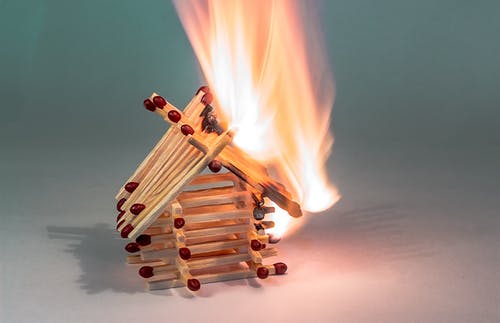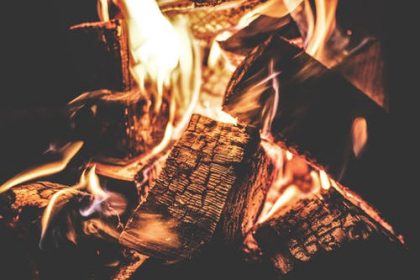Molds are fungi that you can find both indoors and outdoors. They can cause health problems, especially for people with allergies or asthma. Mold spores are tiny and airborne, so they can enter your home through open doors, windows, vents, and HVAC systems. Once mold spores land on a moist surface, they begin to grow, which may need mold removal services if left uncleaned and becomes severe.
Molds in your house love dark, humid environments, so you can usually see them in basements, crawl spaces, and bathrooms. However, molds can also grow in other places where there has been water damage, such as around leaks in the roof or after a flood.
After a house fire, there may be mold growth. That’s because water from firefighting efforts can cause additional moisture, which mold needs to grow. Remember, mold growth can start within 24-48 hours of a fire, so you must act quickly to prevent it.
Tips on Preventing Molds in Your Home After a Fire
Here are tips on the things you can do to prevent mold from forming on your property after a fire:
- Remove all wet or damp items from your home, including carpets, rugs, upholstered furniture, and anything else that has been soaked by water.
- Open windows and doors to increase air circulation.
- Use fans to help circulate air.
- Run a dehumidifier to help remove moisture from the air.
- Wipe down all surfaces with a bleach and water solution (1 cup of bleach per gallon of water).
- If the mold is already growing, you’ll need to call a professional mold remediation company to have it removed. See more details here about how it works.
What Health Problems Can Molds Cause?
The Centers for Disease Control (CDC) warns that molds can cause a variety of health problems, including:
- Allergies. People allergic to mold may have symptoms such as a runny nose, sneezing, and red, itchy eyes.
- Severe Reactions for People with Asthma. People with asthma may have trouble breathing when they’re around molds.
- Infections. Individuals with weakened immune systems may be at
- risk of severe infections from some types of mold.
- Irritations. Mold exposure can also cause skin, eyes, nose, throat, and lung irritation in people who are not allergic to it.
If you or a loved one has these symptoms, and you think mold might be the cause, see a doctor as soon as you can.
Does Homeowners Insurance Cover Mold Damage?
Standard homeowners insurance should cover at least a portion of the total cost of mold removal, but there are often limits on the amount of coverage. For example, most policies have a $10,000 limit for mold damage.
However, some insurance companies now offer riders or endorsements that can be added to your policy to increase the amount of coverage for mold damage. If you are in a region with a high risk of mold growth (such as a humid climate), consider adding this coverage to your policy.
Contact your insurance company or agent if you have questions about your homeowners insurance policy or its coverage. They can help you understand your coverage and what options are available to you.
Final Thoughts
Molds can grow after a fire due to the water used to extinguish the flames. This can lead to health problems, so preventing mold growth in your home is important. Consider the tips above, and be sure to contact your insurance company to understand your coverage for mold removal.
Ultimately, choose a reputable mold remediation company to handle the job to ensure it’s done correctly. You may ask for recommendations from the people you trust or look online by searching home restoration contractors near me to narrow your search within your area.





